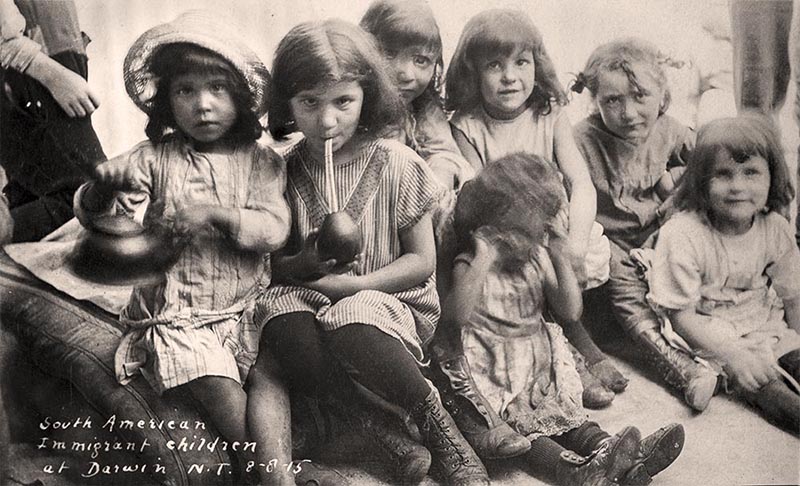I created this last week after a request from ABC Radio in Brisbane for Recovering flood damaged photographs.
Key points
To help understand, the image that makes up a traditional photograph is held within what we refer to as the emulsion it is coated on the surface of the photographic papers. There are different papers that photographs have been printed on over generations.
Images before 1975 are likely on a fibre (porous) paper and more fragile to handling if they have been wet for long periods, like most papers they absorb water and can become very fragile, they should be handled with great care on both front and back.
Photographs after the 80’s are likely on a paper that has a plastic coating (resin coated) they are a tad more resilient to long term saturation.
Modern digital prints are either on the same plastic coated paper (a photographic process) or Inkjet on modern art papers.
Either way it is important to handle the print with great cares if they are still wet.
Focus on the important /significant images first
Prints
My personal experience is prints can stay wet for 48 hours before the emulsion will start to degrade or separate from the paper.
With any image that is damaged before you do anything try and take a digital photograph of it at the first opportunity you can see the image, even if they are wet, this can act as a safeguard.
If they are covered with mud or debris soak them in clean cool water, you can rinse them under a tap but do not rub the surface of the print as this can scratch the surface/emulsion of the print. Use a soft bristle brush if and grime needs help moving on.
If the prints are stuck together do not separate while dry, after they are cleaned soak them in cool water with a very small dash of dish washing liquid (not powder), this will act as a wetting agent, leave them for a short time then gently peel them apart – at the first sign of resistance stop and soak them for a longer time this will allow the water to work its way between the stuck surfaces.
With colour prints if you start to see individual colours starting to form on the surface of the emulsion, it may look like a coloured paste, stop immediately, this usually indicates the emulsion has been wet for too long.
Once separated lay face up on a towel if possible on a surface with a slight slope to help the water run off, the wetting agent will help a smooth drying on the surface of the print.You can use a coolish fan to create a gentle breeze over the prints never use strong heat as the emulsion may be in a fragile stage and crack.
If in doubt and the prints are still wet, place in a container and freeze until the proper help or advice can be found.
Modern Inkjet prints have a very stable image layer but the papers they are printed on can absorb and stain, soak and flush lay flat and dry. The prints may curl in the drying process, they can be flattened once dry if needed.
Albums
Older postcard style albums- if you can remove the prints do but don’t force, if they have written notes photograph the page before doing anything.
Wedding albums -there are too many variables to detail, If you can separate the prints from the album without damage to the prints then do so if not put in a sealed container and freeze and get to a conservator when you can. Hopefully your professional wedding photographer could replace the prints if required.
Frames
Remove the prints and backing if you can, if the print is stuck to the glass do not remove, soak in water and follow steps above for separating prints stuck to other prints.
Negatives and Slides
If they are wet soak them in lukewarm water with a wetting agent do not rub the surface of the negative, repeat this step a few times if grit or mud remains. Once clean hang vertically in a dust free area, the same process as negatives but remove from their mounts.
A key thing for people to remember moving forward is preserving those important images that record our life story weddings, christening, family portraits first day at school etc, if the right protocols are followed it makes the impact of flood damage less traumatic. Protocols can be found on www.restory.com.au
Modern technology in the hands of a good restorer will allow most damaged images to be returned to a reasonable quality depending on the damage.


































































